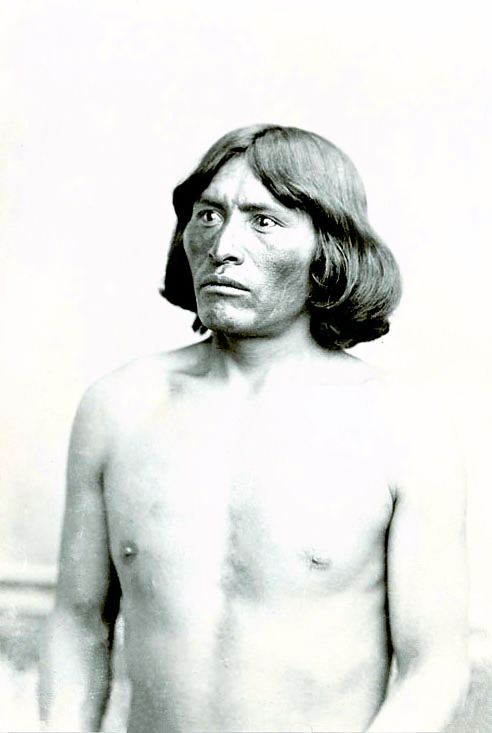Name Victorio Victorio | ||
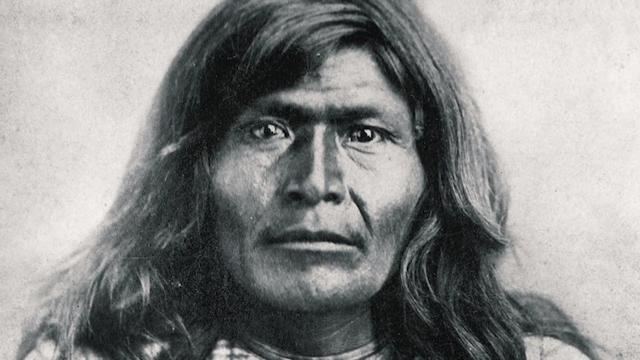 | ||
Nickname(s) He who checks his horse Apache Wolf Similar People | ||
Cochis @victorio @geronimo
Victorio (Bidu-ya, Beduiat; ca. 1825–October 14, 1880) was a warrior and chief of the Warm Springs band of the Tchihendeh (or Chihenne, usually called Mimbreño) division of the central Apaches in what is now the American states of Texas, New Mexico, Arizona, and the Mexican states of Sonora and Chihuahua.
Contents
- Cochis victorio geronimo
- VICTORIOS WISDOM by Mairi Budreau
- War leader and chief
- Last standing and death
- Victorio in popular culture
- Additional reading
- References
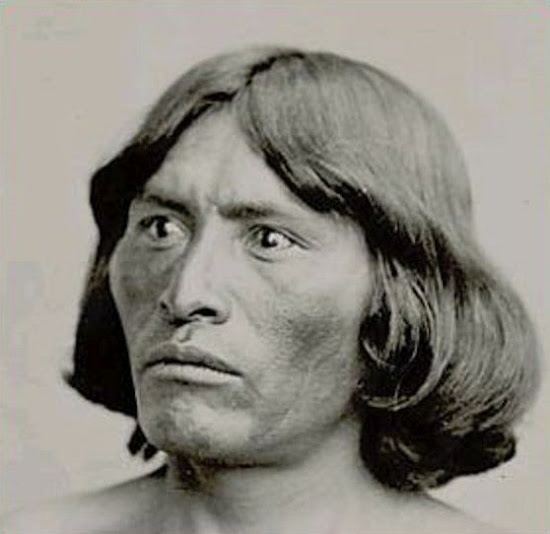
VICTORIO'S WISDOM by Mairi Budreau
War leader and chief
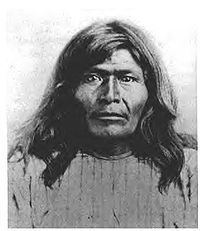
Victorio grew up in the Chihenne band. There is speculation that he or his band had Navajo kinship ties and was known among the Navajo as "he who checks his horse". Victorio's sister was the famous woman warrior Lozen, or the "Dextrous Horse Thief".
In 1853 he was considered a chief or sub chief by the United States Army and signed a document. In his twenties, he rode with Mangas Coloradas, leader of the Coppermine band of the Tchihendeh people and principal leader of the whole Tchihendeh Apache division (who seized him as his son-in-law), and Cuchillo Negro, leader of the Warm Springs band of the Tchihendeh people and second principal leader of the whole Tchihendeh Apache division, as well as did Nana, Delgadito, Cochise, Juh, Geronimo and other Apache leaders. As was the custom, he became the leader of a large mixed band of Mimbreños and Mescaleros (led by his friend – and probably brother-in-law as husband of another daughter of Mangas Coloradas, as well the same Cochise – Caballero) and fought against the United States Army.
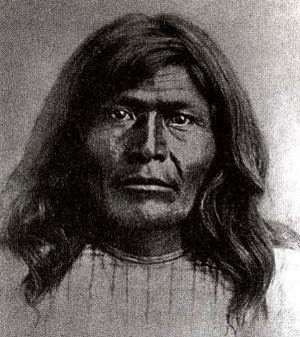
From 1870 to 1880, Victorio, chief of the Coppermine Mimbreños and principal leader of all the Tchihende, along with Loco, chief of the Warm Spring Mimbreños and second-ranking among the Tchihende, were moved to and left at least three different reservations, some more than once, despite their bands' request to live on traditional lands. Victorio, Loco and the Mimbreños were moved to San Carlos Reservation in Arizona Territory in 1877. Victorio and his followers (including old Nana) left the reservation twice, seeking and temporarily obtaining hospitality in Fort Stanton Reservation among their Sierra Blanca and Sacramento Mescalero allies and relatives (Caballero was probably Victorio's brother-in-law and Mangus' uncle, San Juan was too an old friend and Nana's wife was a Mescalero woman), before they came back to Ojo Caliente only to leave permanently in late August 1879, which started Victorio's War; despite Nautzili's efforts, many Northern Mescalero warriors, led by Caballero and Muchacho Negro, and their families joined him, and San Juan and other Mescaleros left anyway their reservation; many Guadalupe and Limpia Mescalero too (Carnoviste and Alsate were close allies to Victorio since 1874) joined Victorio's people. Victorio was successful at raiding and evading capture by the military, he won a significant engagement at Las Animas Canyon on September 18, 1879. Within a few months Victorio led an impressive series of other brilliant fights against troops of the 9th, 10th and 6th U.S. Cavalry near the Percha River (Rio Puerco) (January 1, 1880), in the San Mateos Mountains (January 17, 1880) and in the Cabello Mountains near the Animas Creek (January 30, 1880), and again near Aleman's Wells, San Andres Mountains west of White Sands, (February 2, 1880), then again in the San Andres Mountains (perhaps near Victorio’s Peak) routing the cavalrymen and chasing them to the Rio Grande (February 9th1889), then (April 4, 1880) at Hembrillo Canyon, San Andres Mountains. In April, 1880, Victorio was credited with leading the Alma Massacre – a raid on United States settlers' homes around Alma, New Mexico. During this event, 41 settlers were killed. Victorio's warriors were finally driven off with the arrival of American soldiers from Fort Bayard. However, Victorio continued his campaign with the attack on Fort Tularosa, where his warriors had to face a detachment (K troop) of the 9th Cavalry and were repulsed by the "Buffalo Soldiers" after an harsh fight. Victorio's camp near the Rio Palomas, in the Black Range, was surprised and assaulted on May 23–25, 1880, but the Mimbreños and Mescaleros succeeded in repulsing the soldiers; after the Rio Palomas battle, Victorio went for some raids to Mexico repeatedly fording the Rio Grande, after having been intercepted and beaten off, with a 60 warriors' party, at Quitman Canyon (July 30, 1880). Chased by more than 4.000 armed men (9th, 10th, 6th U.S. Cavalry, 15th U.S. Infantry, Texas Rangers) Victorio fooled all of them during more than one month. On August 9, 1880 Victorio and his band attacked a stagecoach and mortally wounded retired Major General James J. Byrne.
Last standing and death
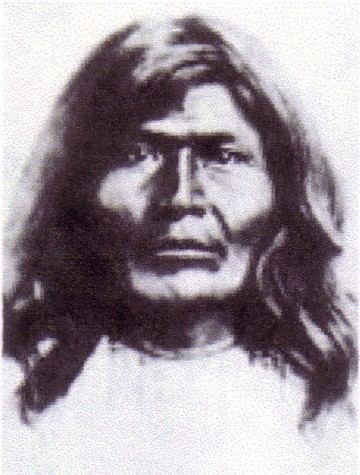
In October 1880, while moving along the Rio Grande in northern eastern Chihuahua (a land well-known to the Guadalupe and Limpia Southern Mescaleros), having sent Nana and Mangus to raid for food and ammunitions, Victorio, with only a few warriors and even less ammunitions, and his band were surrounded and killed by soldiers of the Mexican Army under Colonel Joaquin Terrazas in the Tres Castillos Mountains (29.96667°N 105.78333°W / 29.96667; -105.78333),.
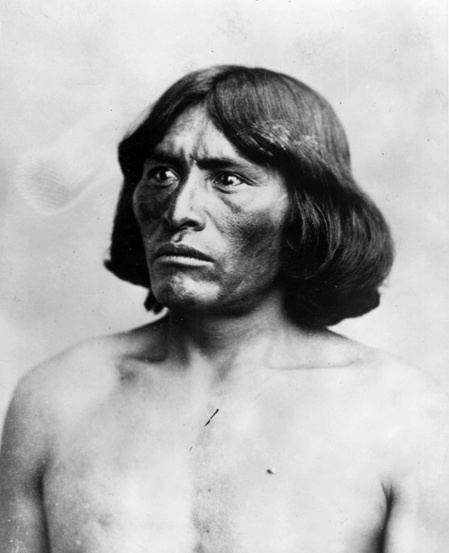
An 1886 appendix for Papers Relating to the Foreign Nations of the United States states that, contemporaneously, the Tarahumara Scout credited with killing Victorio in 1880 was Mauricio Corredor. Apache lore states that Victorio actually committed suicide with a knife rather than face capture, historians such as Kathleen Chamberlain note that the Mexicans at the battle could not identify which body was Victorio's.
Victorio in popular culture
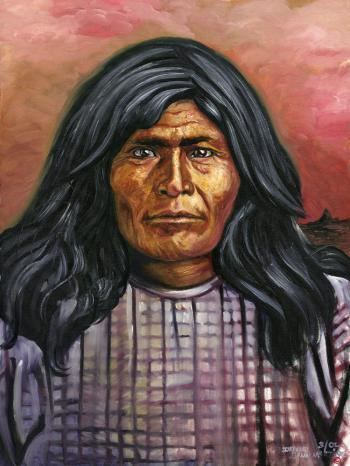
Additional reading
